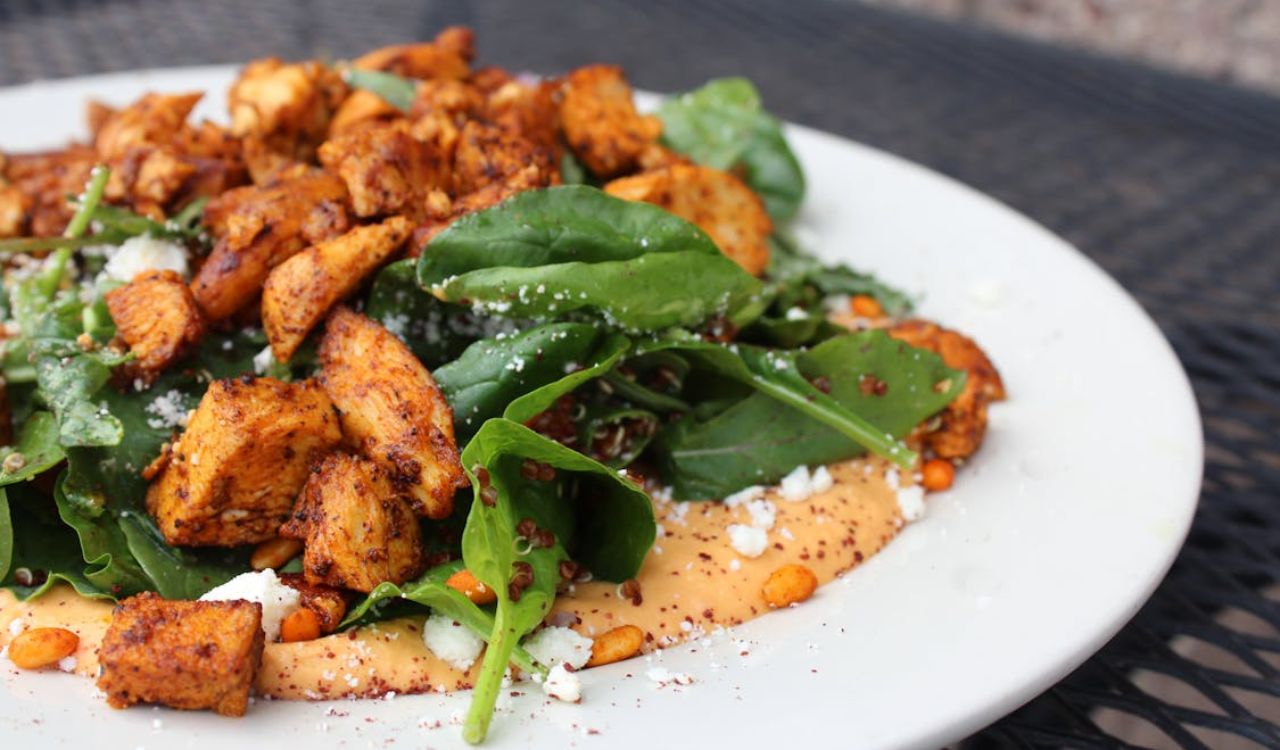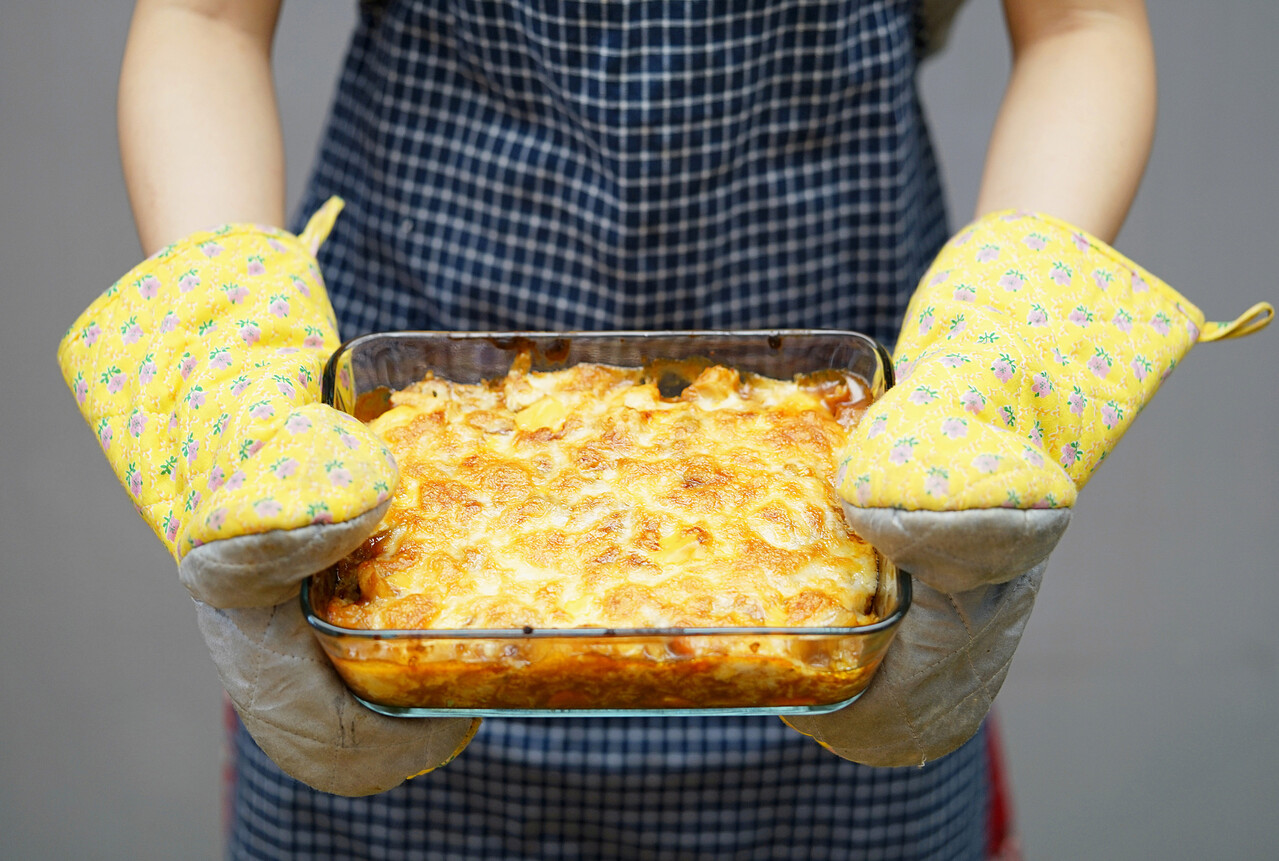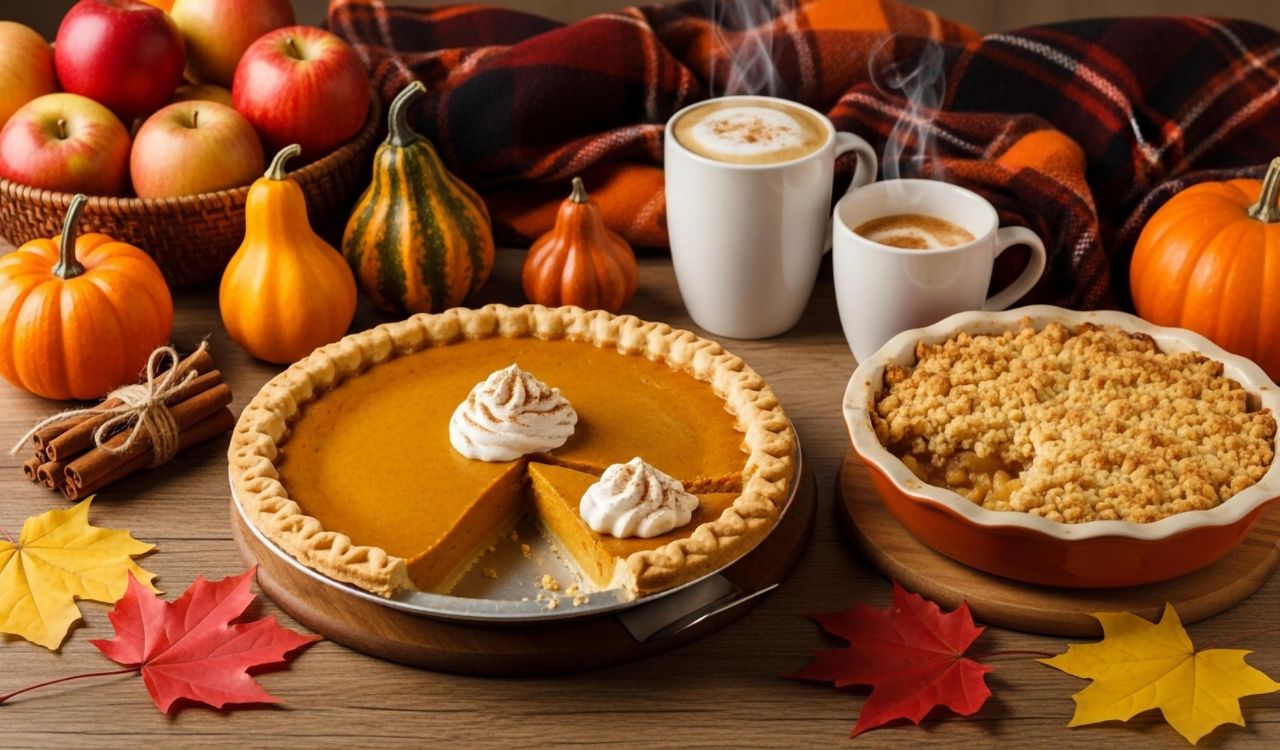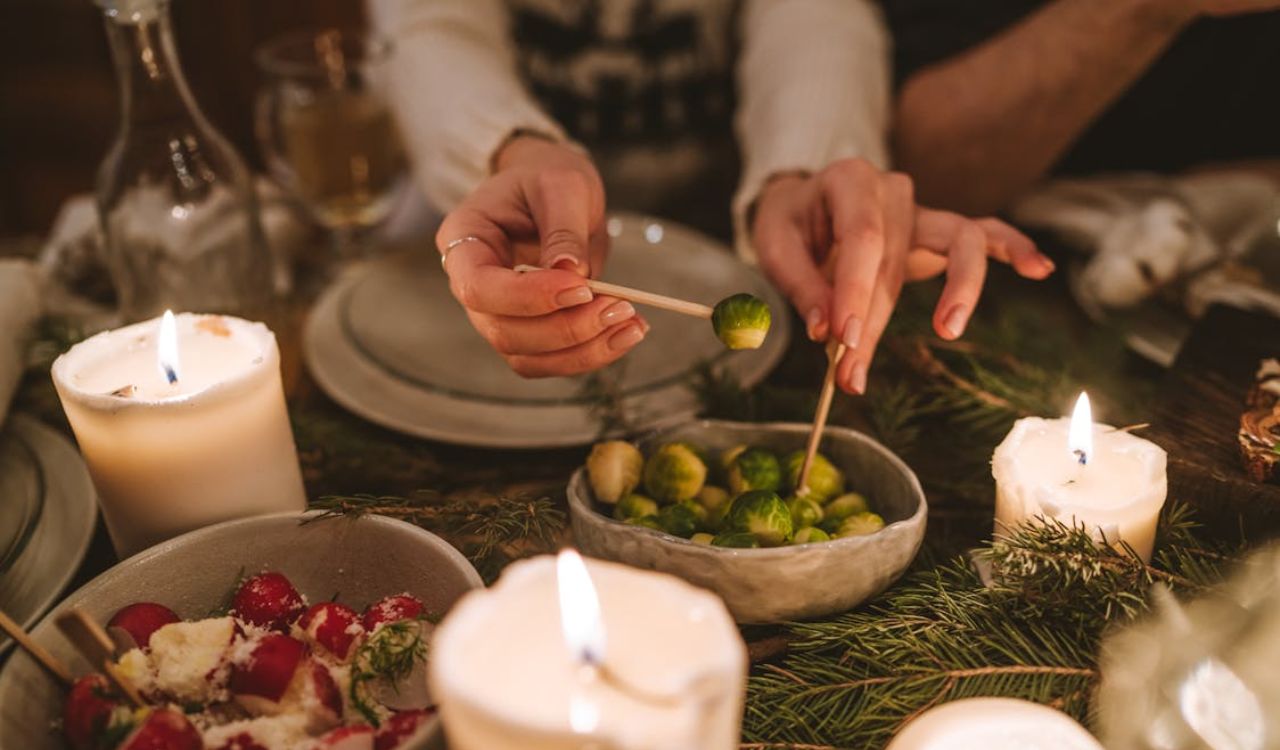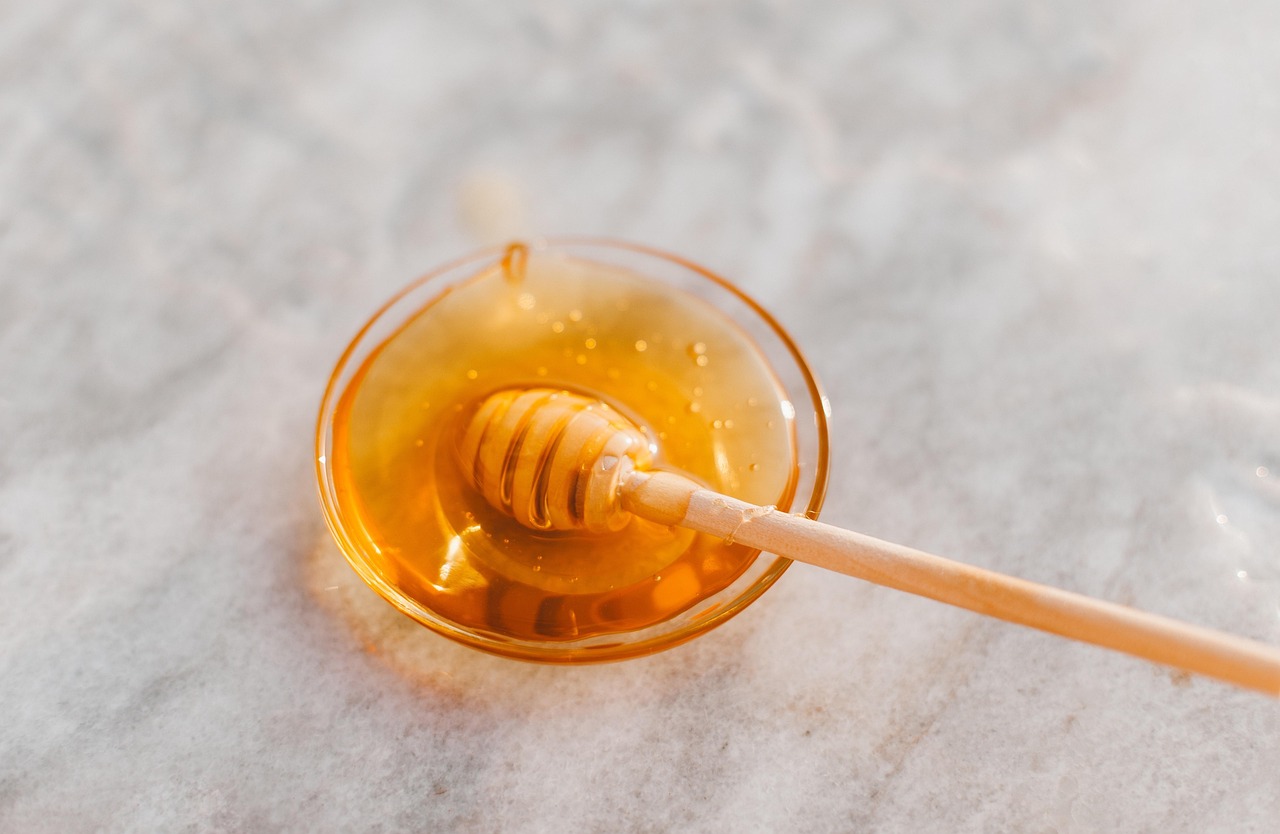10 Secrets For Making The Fluffiest Pancakes Ever
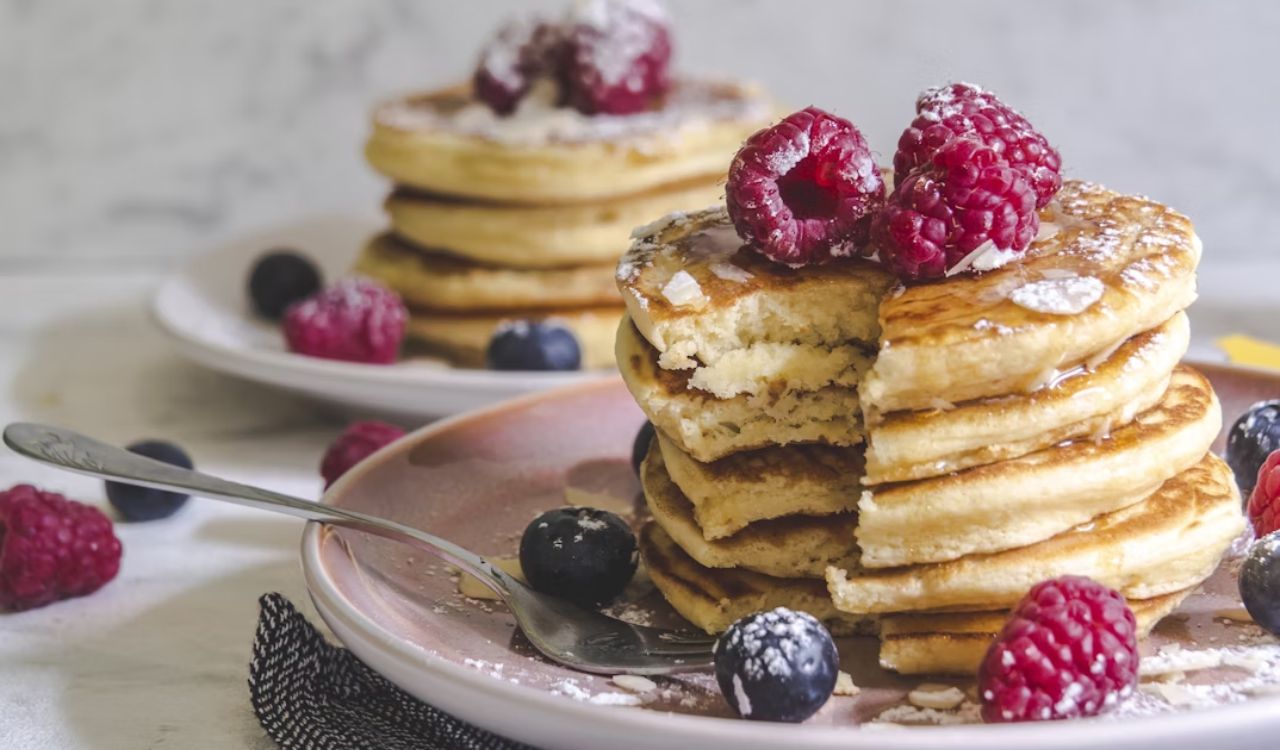
There’s something special about pancakes that rise high and stay soft with every bite. They should feel pillowy, warm, and golden. Not dense or rubbery. Achieving this texture can be tricky, but with the right methods, you can consistently create stacks that rival your favorite brunch spot. From choosing fresh leavening agents to cooking with patience, each small step adds up to big results. These ten tried-and-true secrets will help you transform ordinary batter into cloud-like pancakes that keep everyone coming back for seconds.
Use Fresh Baking Powder for Reliable Lift

Baking powder is the foundation of pancake rise, but it loses strength over time. Old powder won’t provide enough gas to puff up your batter. Always check the expiration date, and if it’s been open for more than six months, replace it. A quick test is to drop half a teaspoon into hot water. Fresh powder will fizz instantly. Starting with effective leavening ensures your pancakes rise as soon as the batter hits the pan. Without this step, no amount of careful mixing or cooking technique will prevent flat, heavy results.
Separate and Whip Egg Whites for Extra Volume

For pancakes that taste almost weightless, try separating your eggs and whipping the whites before folding them into the batter. Beat to soft peaks and fold in gently; the tiny air pockets act like natural balloons. This technique is most impactful for extra‑fluffy styles (like soufflé/Japanese pancakes), but it also adds lift to classic batters when handled lightly. Stir just enough to combine without breaking bubbles for a cloud‑like texture.
Mix Batter Gently and Avoid Overworking
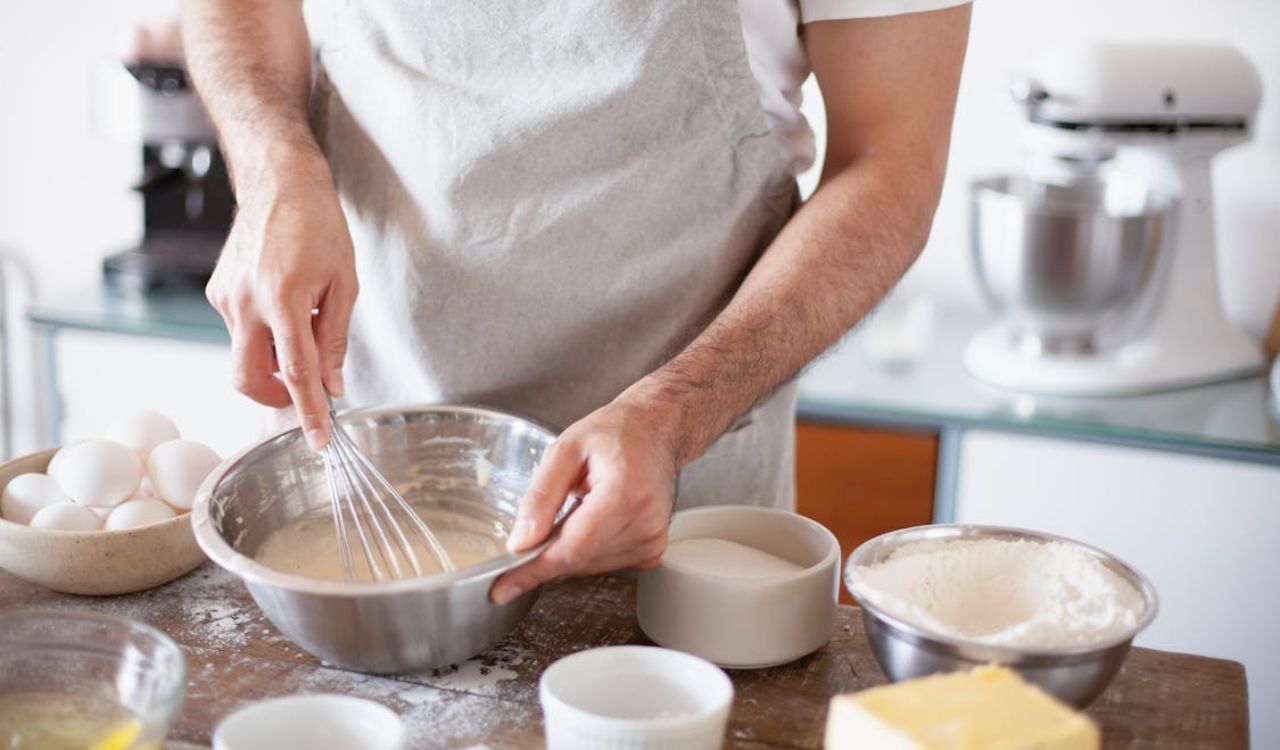
Overmixing is one of the fastest ways to ruin pancake texture. Stirring too much develops gluten in the flour, which toughens the batter and leads to dense, chewy results. Instead, aim for just enough mixing to combine the wet and dry ingredients. A few small lumps are not a problem. They’ll cook out naturally on the griddle. Think of the motion as folding rather than whisking. This gentler approach preserves tenderness and allows the leavening agents to do their job, giving you light, evenly risen pancakes with every batch.
Rest the Batter for Better Rise

Allowing the batter to rest before cooking pays off in texture. A pause of 5 to 15 minutes gives the flour time to hydrate and the gluten strands a chance to relax. During this period, some leavening begins releasing bubbles that expand on the griddle. Avoid long rests so early leavening doesn’t dissipate. The result is pancakes that rise higher and stay soft: a little patience here makes a noticeable difference.
Use Buttermilk for Tang and Tenderness
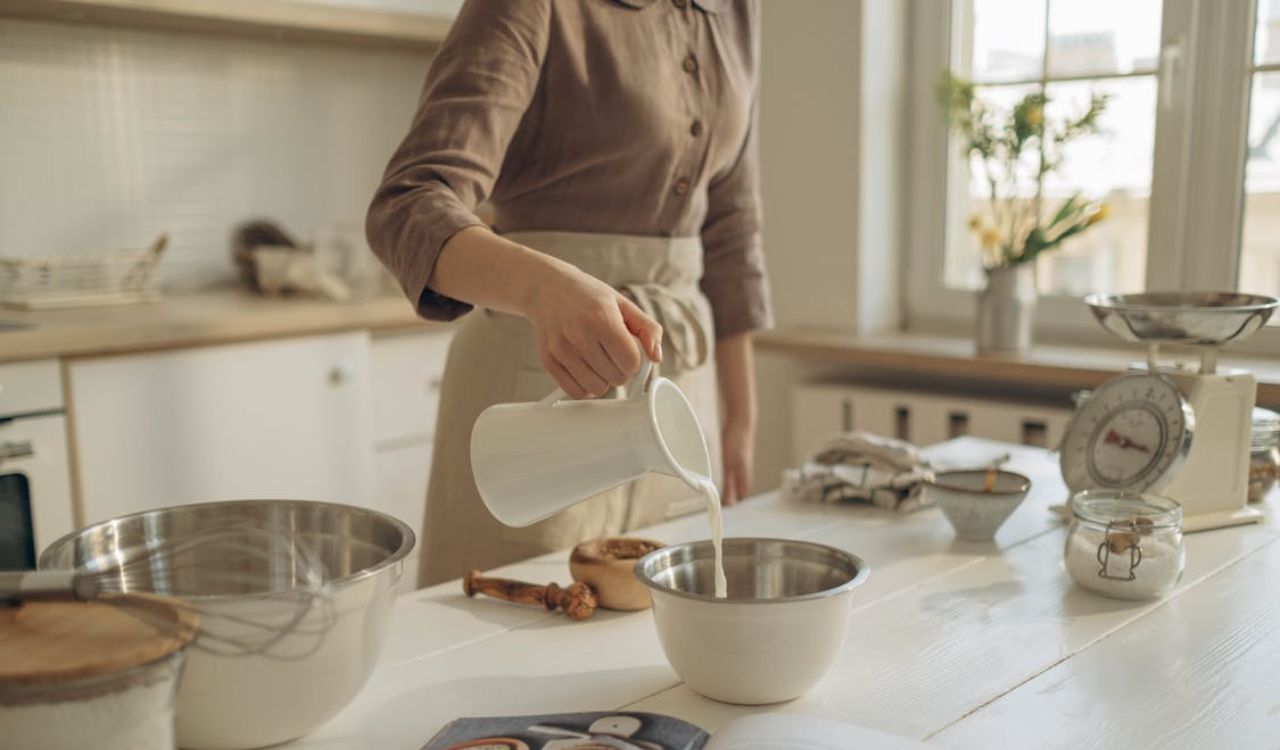
Buttermilk does double duty in pancakes. It adds a pleasant tang while also boosting rise. Pair it with a pinch of baking soda (in addition to baking powder) so the acidity is balanced and the lift maximized. Its creamy consistency helps produce pancakes that are tender yet structured. If you don’t have buttermilk, mix 1 tablespoon lemon juice or vinegar into 1 cup milk and rest 5 minutes; flavor and texture improve noticeably.
Resist Pressing Down While Cooking
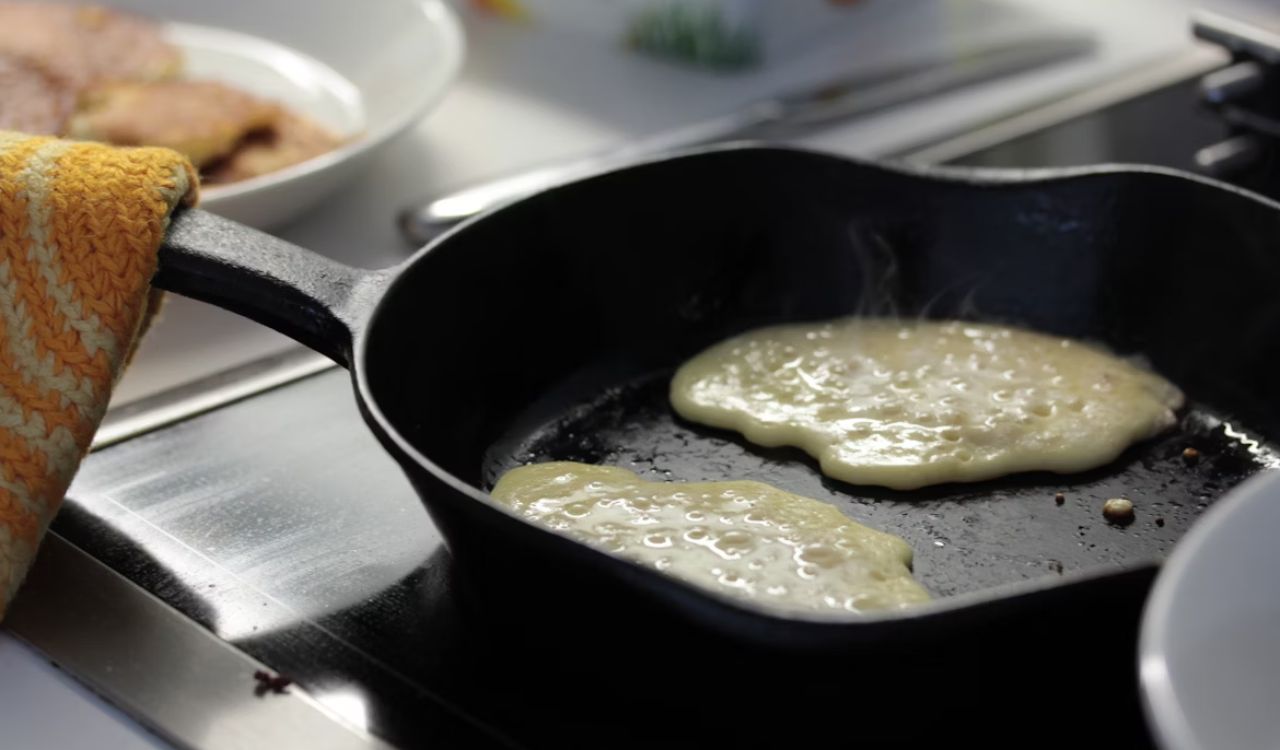
Pressing pancakes with a spatula might seem harmless, but it forces out the air pockets that make them rise. Once those bubbles escape, you’re left with a flatter, denser pancake. The best method is to let the batter cook undisturbed until bubbles appear on top and the edges look set. Then flip once with a steady hand. Avoid pressing or patting them down. Allowing the pancakes to rise naturally during cooking ensures you end up with thick, soft stacks rather than compressed, lifeless rounds.
Cook at Medium Heat for Even Results
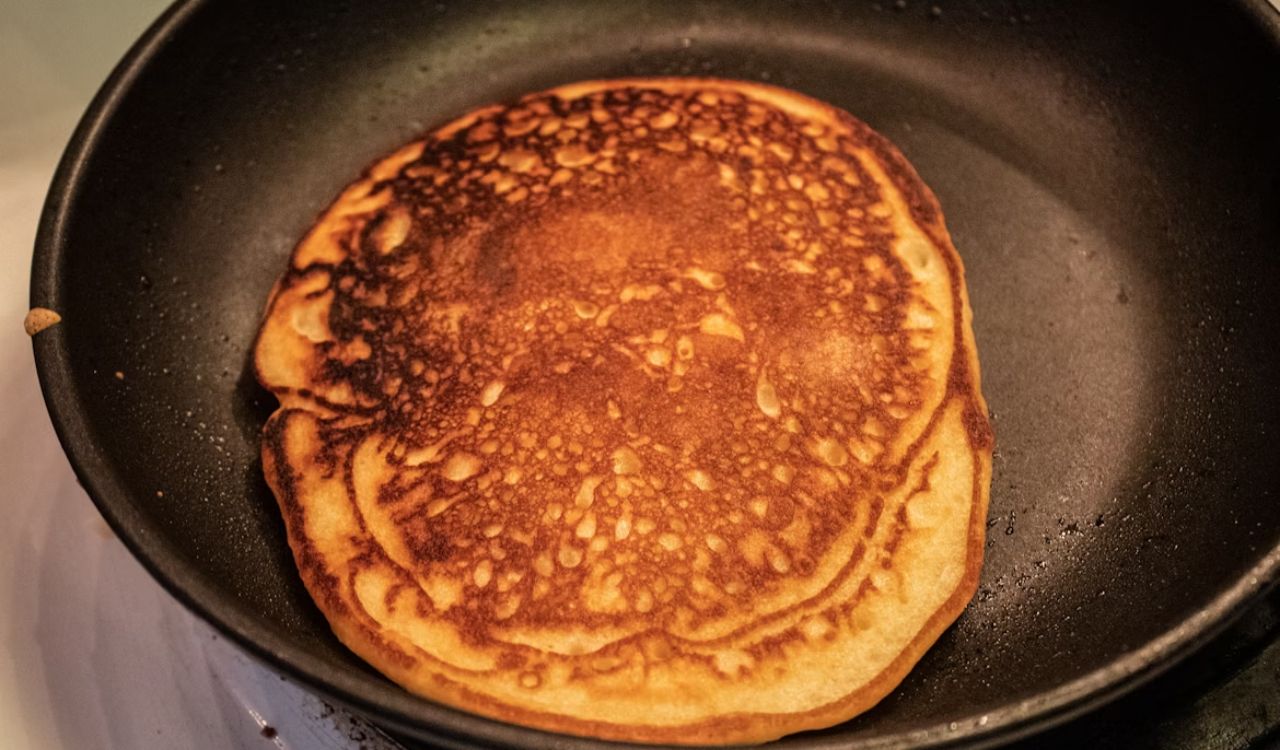
Finding the right temperature is key to fluffy pancakes. High heat may brown the outside too quickly while leaving the middle raw. Medium heat gives the batter time to rise fully and cook through without burning. Preheat your pan or griddle until a drop of water sizzles gently before adding batter. Watch for bubbles forming across the top and edges that start to firm before flipping. This steady, moderate heat delivers golden-brown pancakes that are evenly cooked and tender from edge to center.
Flip Only Once to Preserve Structure
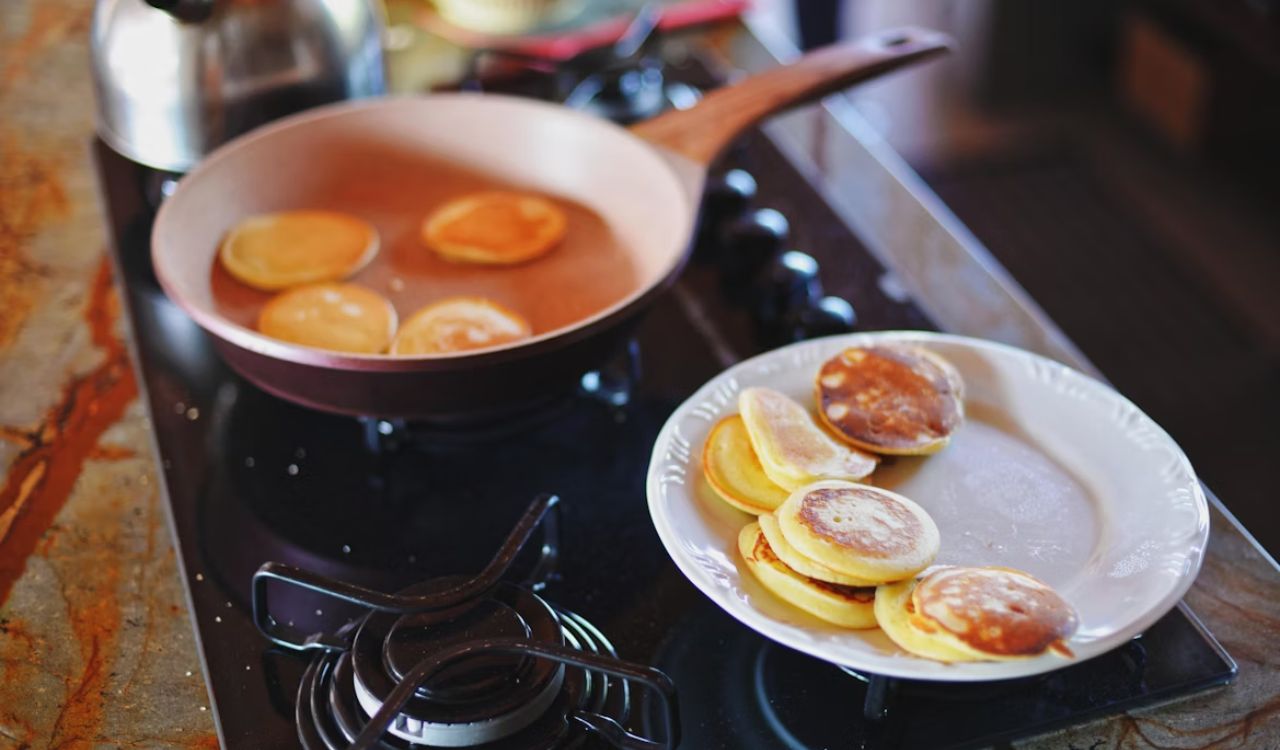
Each time you flip a pancake, you risk deflating the delicate network of air bubbles inside. That’s why a single flip is best. Let the first side cook until the surface shows bubbles and the edges look set. Then turn it once and let it finish. This preserves height and prevents dryness. Flipping repeatedly or poking at the pancakes might seem like a way to check progress, but it often leads to flatter results. With patience and just one careful flip, you’ll maintain the fluff you worked for.
Preheat the Pan or Griddle Fully
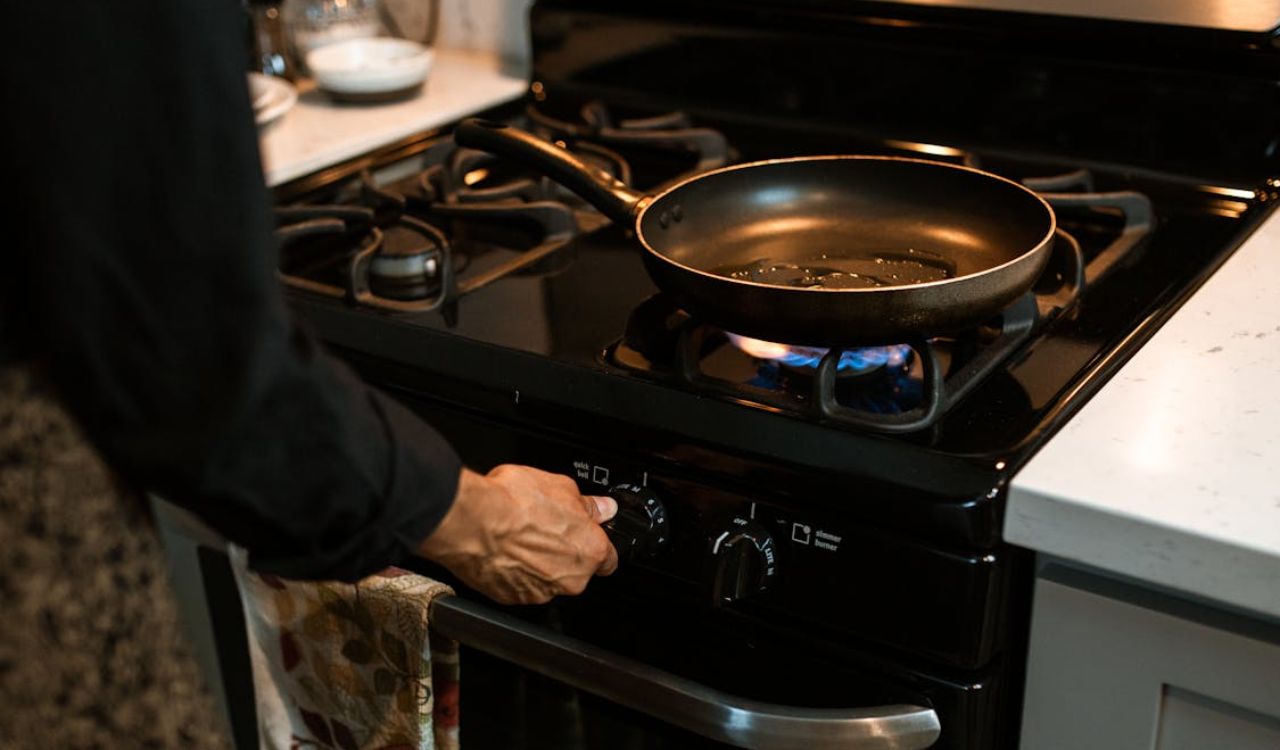
Starting pancakes on a cold pan makes them spread out instead of rising tall. Preheating ensures that when the batter hits the surface, it immediately begins to set around the edges while trapping bubbles inside. A quick test: sprinkle a few drops of water on the pan. They should dance lightly, not evaporate instantly, or sit still. This balance of heat allows the pancakes to cook evenly while puffing up beautifully. A properly heated surface is a small but essential step to achieving that perfect lift.
Serve Right Away for Maximum Fluff
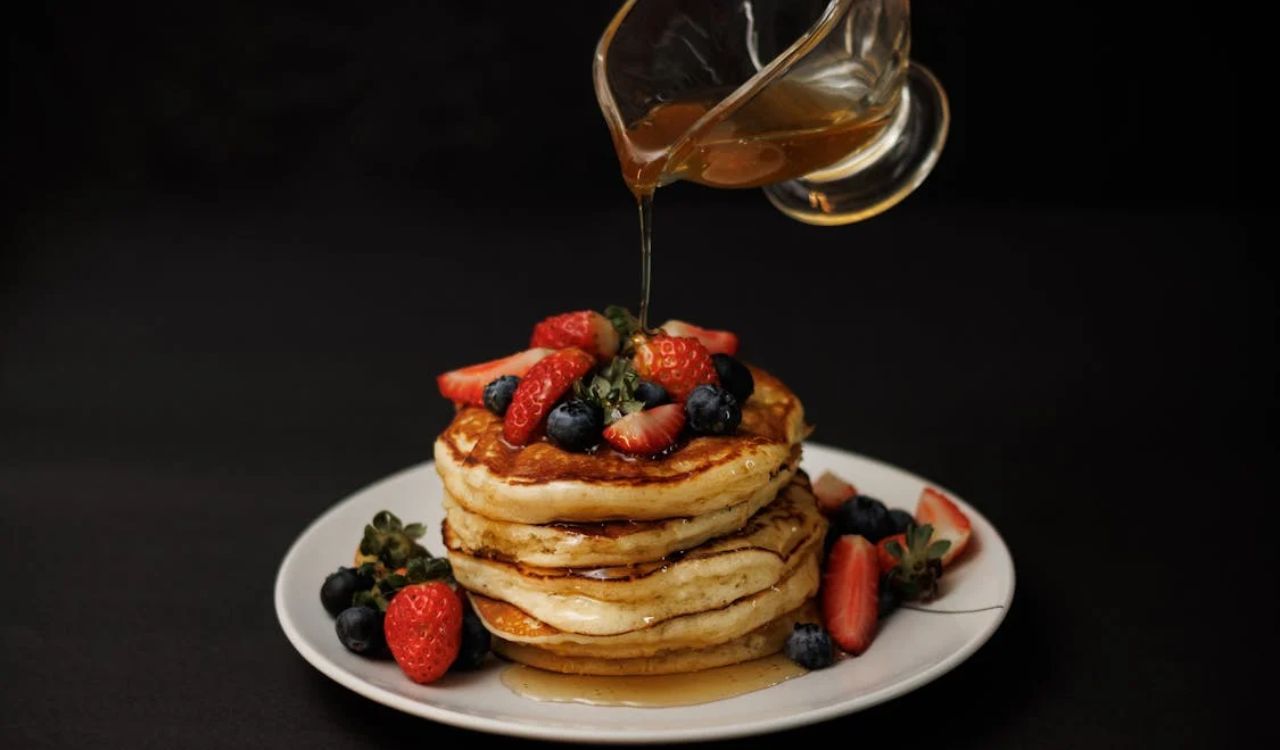
Freshly cooked pancakes are at their best. Light, warm, and cloud-like. Leaving them stacked too long can trap steam, softening the edges and flattening the bottom pieces. The best option is to serve them immediately as they come off the griddle. If you need to keep a batch warm, arrange them in a single layer on a baking sheet in a low oven. This avoids sogginess while preserving their airy bite. Treat pancakes as a “cook-and-serve” food, and you’ll enjoy them in their fluffiest form.


